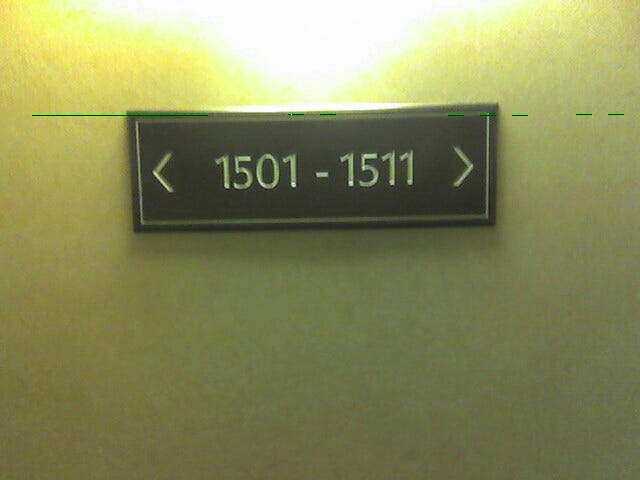Laziness, Novelty, and Fear of Loss are Powerful Motivators for Humans.
As a designer, I can rely on a single assumption to guide most of my work: humans are lazy. (This is ‘trumpian shorthand’ for “people tend to maximize benefit and minimize effort around self-interest.) Whether I am enticing them with advertising, seeking to change their mind with a new mental model, training them in a new business process, or assessing the human factors and usability of a new interface, this assumption of laziness on the part of the user has been a guiding light in my career — it is a North Star that has never led me astray.

I heard this concept best captured in something I heard at SXSW years ago. I think it was a comment by Brad Frost, and I think it was in 2013, but I can’t remember for sure. The quote goes like this:
A sufficiently motivated person will put up with a fair amount of bullshit.
I like this quote because it adds nuance and detail to the truism of laziness in human-centered design: as designers we need to manage both the motivation and the bullshit — both the carrot and the stick — and that means we need to understand what people find motivating and what they think is bullshit. (That’s the reason design thinking processes begin with empathy.)
Here’s another vaguely attributed quote. I always thought it was David Ogilvy, but perhaps that’s apocryphal. It goes like this:
The most powerful word in advertising is “new.”
People tend to agree with this statement on its face. While their could be some debate as to whether new is THE most powerful word or whether it belongs to a small but potent pantheon with words like “free” and “improved” and “save” and “light”, it is clear that “new” has a strong allure to people… and not just when it comes to opening their wallets.
Humans are wired to want to the new. To upgrade. To renovate. Heck, the entire US economy is a case study proving this point, so instead of jabbering on with proof points, I’ll share a third truism — and its accompanying paradox:
Most people fear change.
There is a place at which the allure of the new stops short — and it’s a sudden stop, not a slow waning of motivation in the face of mounting bullshit. People can be enthusiastic about an idea — about something new — and suddenly arrest themselves when they realize that that newness inherently represents change.
I have never really understood this (apparent) paradox between the desire for the new and the fear of change, but I gained insight recently from Leadership on the Line, by Ronald Heifetz and Marty Linsky. (I’m not one for these types of books, but Heifetz was recommended by Carmen Medina — an incredibly sharp person.) Their key intel on this front is this:
People don’t fear change. They fear loss.
Seems obvious, like all great ideas do. The thing is, this notion (which I find as true as sunshine, if a little less rosy..) helps to recontextualize the other ideas above. If CHANGE = LOSS, then what does NEW really mean? Is NEWness really about gain? Are they both about risk? To whom or what?
It occurs to me that I need to rethink some of these ideas — that in spite of their predictive powers and utility in the world, these three truisms may be leaving me with an inaccurate picture — and one which looks very different for those with much to lose vs. those with nothing. This all points at a question of endowment and entitlement mentality, and I’d love to hear your thoughts.